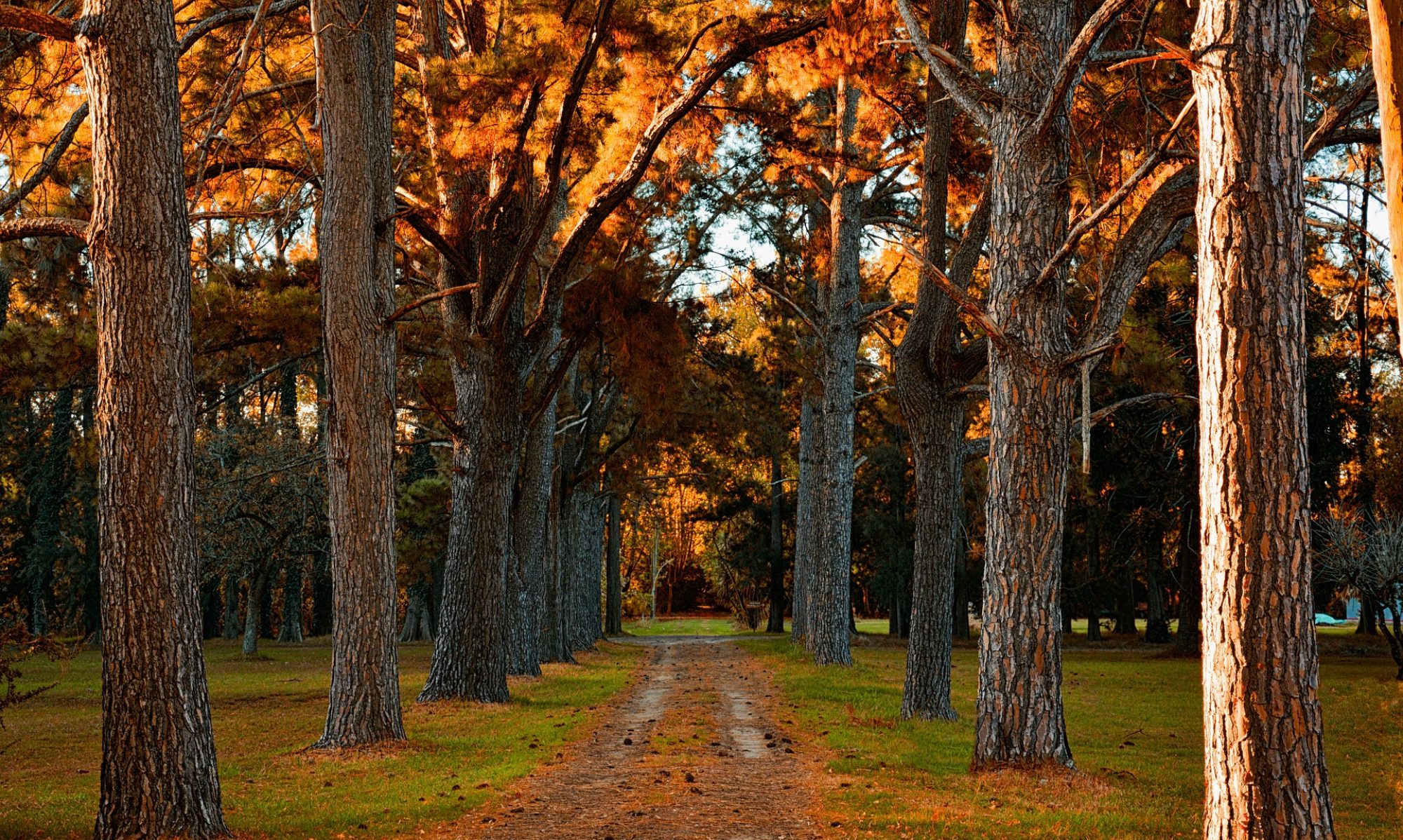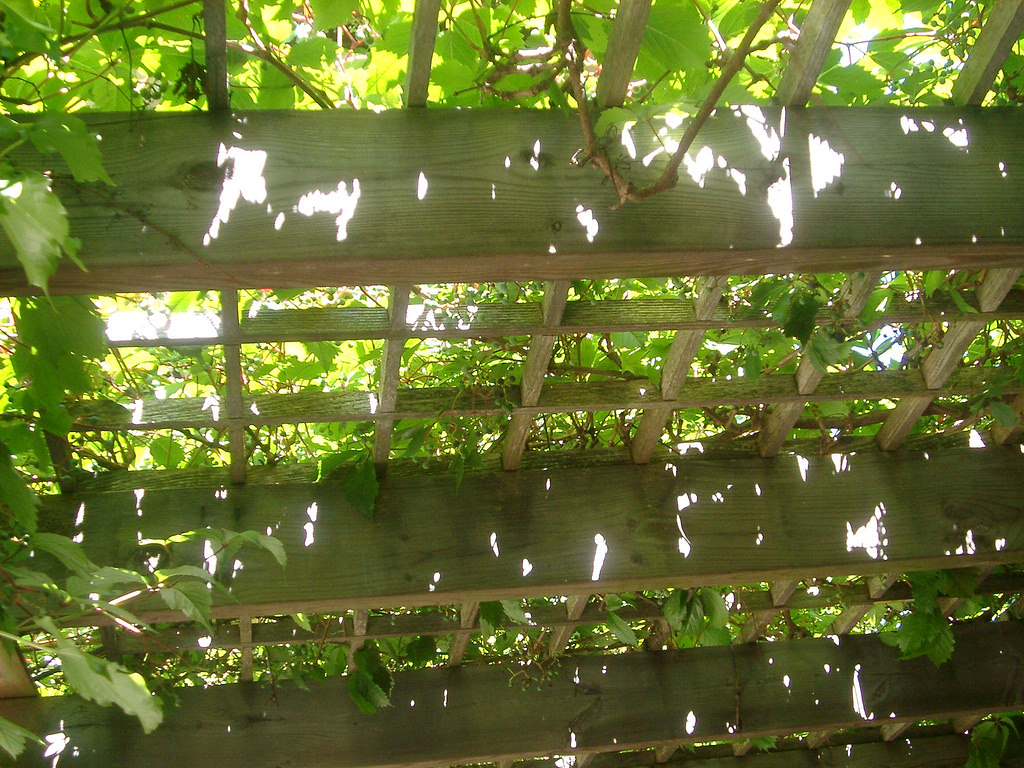Our lives are filled with both so much goodness and joy as well as struggle and pain. No matter how hard we try – and try we do – life is simply unpredictable. At times, it may even feel like we go from one celebration and horror after another only to not know what comes next.
In mindfulness meditation, we learn to respect all of our feelings and experience, no matter how much we like or try to control them. Likewise, the holiday of Sukkot teaches us to find sanctuary wherever we are and to embrace the refuge of vulnerability.
The Promised Land
This past week, Jews from around the world celebrated Sukkot – or the Feast of Tabernacles. The holiday of Sukkot is one of the three biblical pilgrimage festivals to the Temple in Jerusalem known as the Shalosh Regalim. The other two pilgrimage festivals are Pesach (Passover) and Shavuot (Pentecost).
In the Book of Exodus, the Ancient Hebrews escaped from Egyptian bondage with the help of the Divine’s hand and passed over and through the desert wilderness for 40 long years and two generations circumambulating toward the promised land. When we celebrate the holiday of Sukkot, we live as they did in makeshift outdoor huts made of simple and raw materials.
Our life is no different, moving from one place or thing to another, vulnerable to the elements, made of simple and raw materials, and filled with hope of reaching the promised land.
We have yet to realize that the promised land is only here and now. In the Heart Sutra, one of the most important texts in (Mahayana) Buddhism, it says that “Right here is Nirvana.” When we practice meditation, we come to accept that heaven and hell are momentary and no other than where we are.
Similarly, in an 8th century poem chanted daily in Zen temples called the Harmony of Difference and Equality, it says, “If you do not see the Way, you do not see it even as you walk on it. When you walk the Way, it is not near, it is not far.” Or to borrow a phrase from Jon Kabat-Zinn, the father of the contemporary mindfulness movement, “Wherever you go, there you are.”
I Don’t Know!
One of the hallmarks of Zen training is the practice of koan introspection. Koans are teaching stories that are assigned by a Zen teacher to his or her student for contemplation during meditation.
(Stay tuned for upcoming, more detailed blog posts about koan study, what they are, and how they can be a part of Mindful Judaism.)
Quite often, koans describe exchanges between an ancient master and disciple where the student has an enlightenment moment and realizes something important about his life and how to live it. In some ways, they are similar to Chasidic stories of Rebbes and their Chasids (students).
In one of the major collections of Zen koans called the Book of Equanimity, there is an important and relevant koan that is quite significant in the Zen tradition.
Attention! Master Jizo asked Hogen, “Where have you come from?” “I pilgrimage aimlessly,” replied Hogen. What is the matter [purpose] of your pilgrimage?” asked Jizo. “I don’t know,” replied Hogen. Not knowing is most intimate,” remarked Jizo. At that, Hogen experienced great enlightenment. (Book of Equanimity, Case 20, translated by Gerry Shishin Wick Roshi)
Zen stories like these are often cryptic and not understood intellectually. Like the hundreds of thousands of Jews who made the hard journey to the Temple in Jerusalem on Sukkot and the other pilgrimage festivals, the monk in this story is on a difficult pilgrimage.
This koan demands we pay attention to our life and speaks to the deepest of spiritual questions that we all ask – Buddhist, Jewish, and others alike. Where have you come from? Where are you going? What is the purpose of your pilgrimage? What is the matter of your life?
The brave monk Hogen answered with one of the hardest things to realize, “I don’t know.” We never do! We never can!
True Refuge
The Bible teaches that the Temple in Jerusalem was first built by King Solomon 3,000 years ago. In ancient times, Jews pilgrimed from all over the known world within and outside of Judea to offer a sacrifice at the Temple in Jerusalem on behalf of all the nations in the world.
Following the destruction of the First Temple in Jerusalem by the Babylonians in 587 BCE and the later destruction of the Second Temple in Jerusalem by the Romans in the year 70, the Rabbis did something genius. The holiday of sukkot was completely transformed, yet remained completely true to the genius of the Biblical story.
Since the destruction of the two Temples in Jerusalem, Jews around the world celebrate the week-long holiday of Sukkot by building and living in a sukkah, a temporary shelter and family sanctuary built from straw, plants, palm leaves, and other natural materials that is only partially covered and completely exposed to the elements.
The difficult work of Sukkot is not adapting to the inclement weather – in fact, the Rabbis teach us that being joyous is most important during Sukkot and to go indoors if it begins to rain. The difficult work of Sukkot is practicing being vulnerable and taking true refuge.
Brokenness
Several years ago, I was invited by a friend to attend Easter services at an Episcopal church in the Los Angeles area. This was a very large Church, and the homily was given by the local Bishop. I will never forget the sermon that night or the lesson taught that evening.
The Bishop spoke passionately about the importance of seeing everyone as a child of God and said that even Jesus Christ himself was not born a man but a vulnerable baby who needed tender care and love. Don’t we all?! I left that service forever changed.
In another of the major collections of Zen koans called the Blue Cliff Record, there is another important and relevant koan that is also quite significant in the Zen tradition.
Enkan one day called to his attendant and said, “Bring me my rhinoceros fan.” The attendant said, “The fan has been broken.” Enkan said, “If the fan is broken, bring the rhinoceros to me.” The attendant made no reply. (Excerpt from the Blue Cliff Record, Case 91, translated by Katsuki Sekida Roshi)
You may be wondering what this story is actually about. What are they talking about? And what is a rhinoceros fan? It is possible that Zen Master Enkan had a hand fan with a grip made from rhinoceros bone. In this koan, the master is asking his student to bring himself fully. Like many of us, the attendant feels broken and insufficient.
It is exactly in these moments of vulnerability must we lean into the experience of brokenness and inadequacy. Only then, can we emerge – like the rebuilt Temple in Jerusalem and the renewed holiday of Sukkot – transformed and enlivened by a life of sanctuary and refuge.
Emerging from the Sukkah
In our times, the Sukkot pilgrimage to the Temple is not one to the literal city of Jerusalem. In our times, this pilgrimage is walking along the path built from pavement made from equal parts vulnerability and refuge. Each step along this road to Jerusalem, we walk the earnest path of pilgrimage. We walk the path of not knowing.
Our journey to Jerusalem this Sukkot is not to the seat of the great ancient Temple or the capital city of contemporary Israel. Our pilgrimage this year and the years to come is to walk our unique path toward embracing all of our life – vulnerability, refuge, and peace.
When we sit in meditation, we walk this path. We sit in the sukkah of vulnerability and refuge. When we sit in meditation, we pilgrim and cross the River Jordan. We arrive at the promised land – exposed, broken, and all.
As always, if you are interested in learning more about Jewish Mindfulness Meditation or how to create a more meaningful spiritual path for you and your loved ones, please make sure to sign up and click the “Stay Connected Now!” button below!
Adam Fogel
www.mindfuljudaism.com

